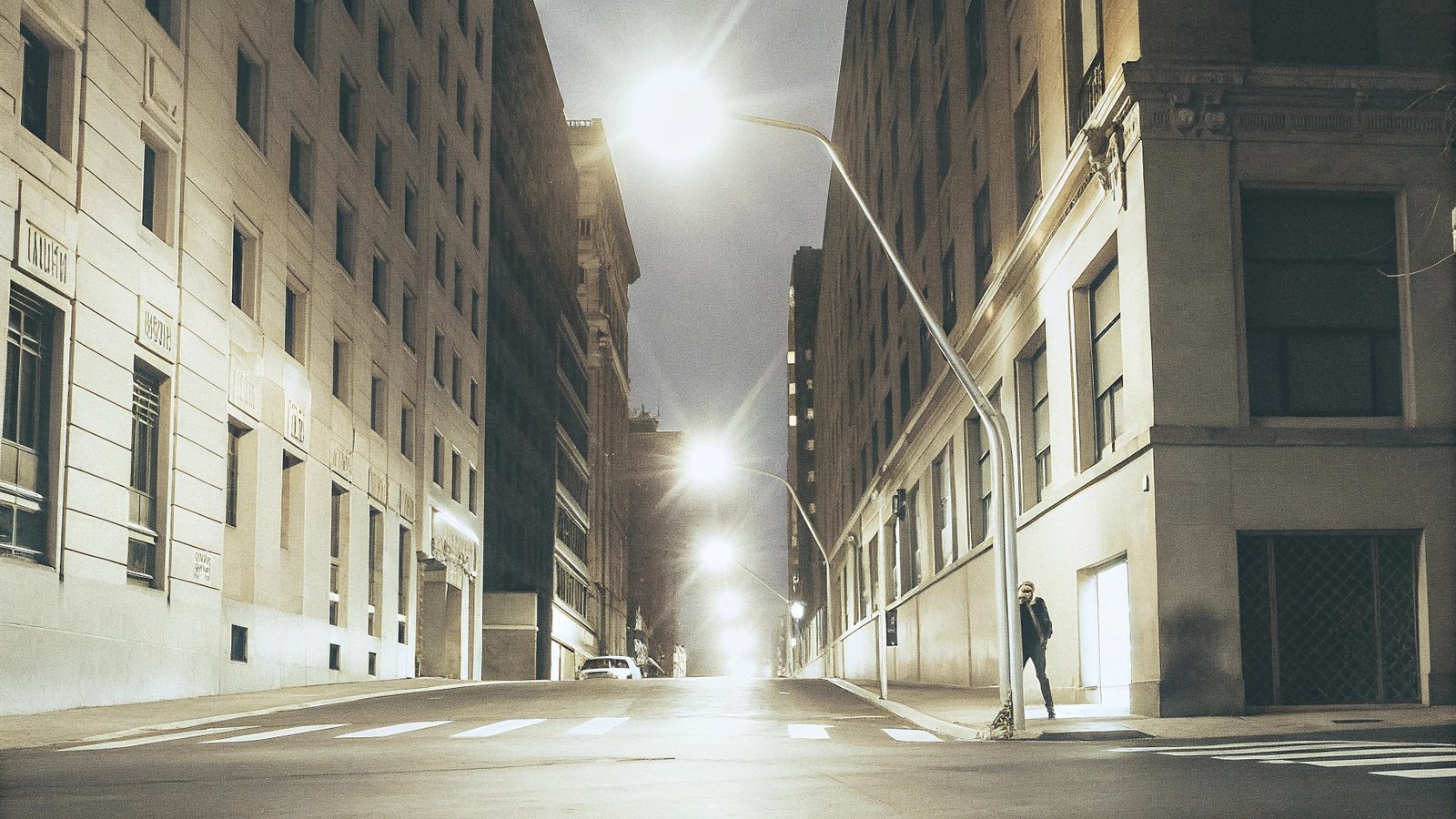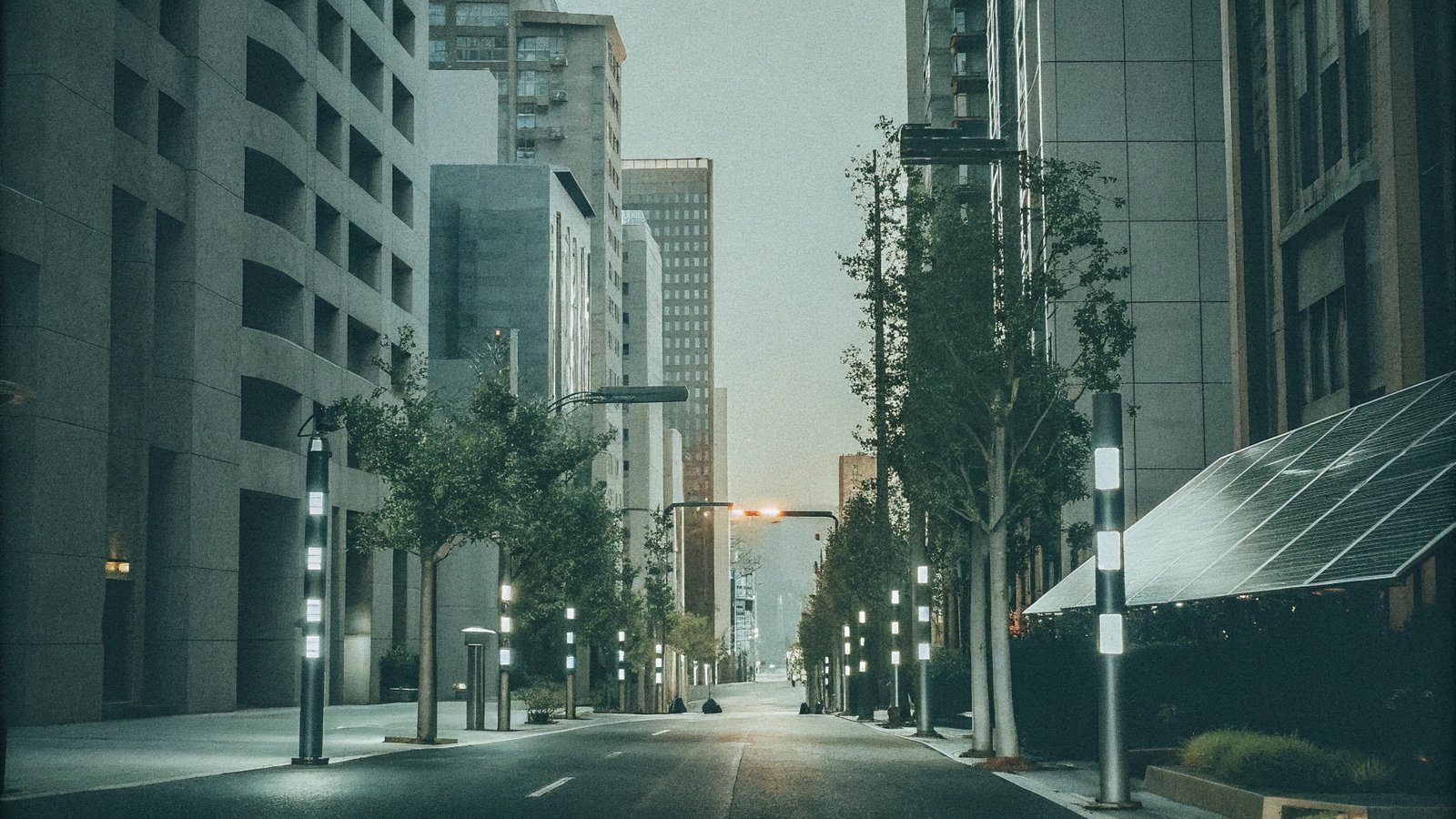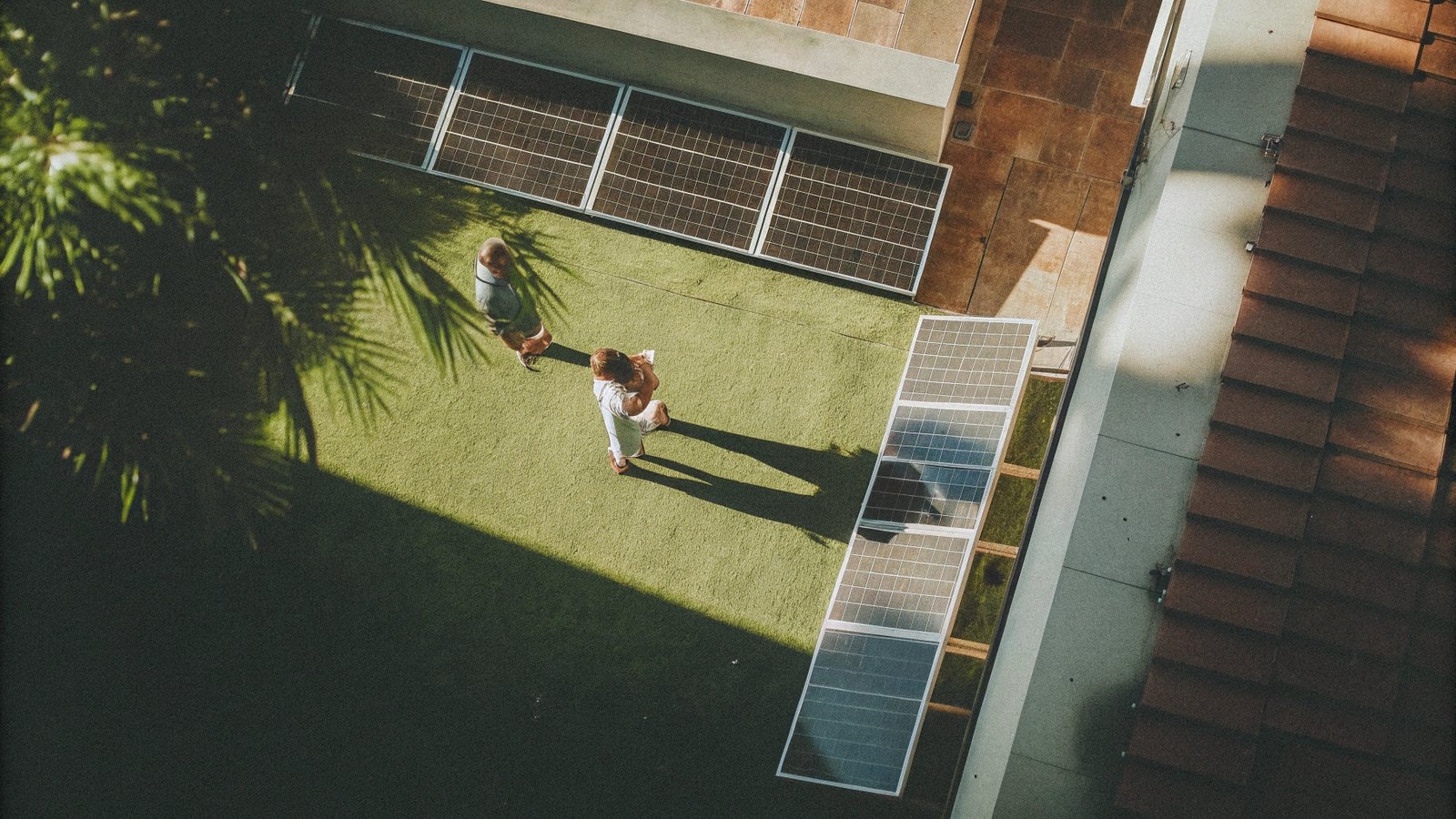Have you ever wondered why your solar panels don’t seem to be energy storage as efficiently as expected? If your panels are poorly placed, they might not be working to their full potential, costing you both energy and money.
If your solar panels aren’t positioned correctly, it could be severely impacting your energy storage capacity. Without the right placement, your system won’t capture the amount of sunlight it needs, which leads to lower energy storage and higher electricity bills.
In this article, we will dive into the real consequences of poor solar panel placement, show you how it directly affects your energy storage, and explain the steps you can take to avoid these costly mistakes.
Do Solar Panels Lose Efficiency in Storage?
You might be thinking, "Can poor placement really affect how much energy my panels store?" The truth is, it can – and here’s how.
Poor placement can dramatically reduce how much energy your panels generate and store. If your panels aren't receiving enough sunlight due to bad placement, it means your battery system won’t get fully charged, leaving you with less power for later use.
Imagine the disappointment when your solar panels aren’t storing as much energy as they should. You’ve invested in solar energy, but without proper placement, you’re still facing high electricity bills, and your system isn’t working as hard as it could be.
When solar panels are installed in shaded areas – perhaps under tree branches, or near tall buildings – they fail to absorb the maximum amount of sunlight. The result? Less energy produced and less power stored. Worse still, poor placement can cause the battery system to undercharge, impacting your home’s power supply.
Not only does poor placement mean reduced energy, but it can also affect how long your energy storage lasts. If your solar panels aren’t generating enough power, your battery will be drained more quickly, leaving you without backup energy during peak times.
It’s also important to remember that incorrect angles or inadequate airflow can lead to overheating. Panels that overheat due to improper positioning become less efficient, lowering the overall energy output and thus reducing the amount of energy your storage system can hold.
What Are the Damages of Solar Panel Installation?
Here’s a sobering reality: Incorrect installation can cause serious damage to your solar panels. And it doesn’t just impact the panels; it affects your entire solar energy system.
Improper installation can cause cracks, water ingress, and even total system failure. These issues are expensive to fix and will result in lower energy efficiency and reduced storage capacity.
Let’s say you’ve already invested in solar panels, but the installation wasn’t done right. It’s an expensive mistake. If the panels are not secured correctly, they’re at risk of moving or shifting over time. This can lead to micro-cracks or misalignment, which ultimately results in a less effective energy capture. And, when panels are damaged, they produce less power, which means your storage system won’t be as efficient.
Water ingress can also be a major problem. If the panels are not sealed properly, moisture can enter the system, causing corrosion of the panels or even electrical shorts. This damage reduces the lifespan of your panels and compromises the storage capacity of your energy system. Imagine paying for a system that’s not functioning properly due to poor installation – it’s a frustrating and costly scenario.
The angle of installation also matters. If your panels aren’t tilted properly, they won’t capture the most sunlight, especially during key times of the day. Poor installation can lead to inefficient energy production, which translates to poor energy storage.
Does It Matter Where You Put Solar Panels?
Where you place your solar panels makes a huge difference. Is your roof location or yard shady? Are there potential obstructions nearby? You might not realize it, but these factors could be reducing the energy you’re storing.
If you place your solar panels in the wrong location, you risk shading, inefficient energy capture, and lower storage capacity – which means less power available when you need it most.
You might think your roof is good enough, but if it’s shaded by nearby trees or other buildings, it could drastically reduce how much sunlight your panels receive. And even slight shading can cause serious inefficiencies. As little as 10% shading can reduce the output by 50% or more, directly affecting how much energy your storage system can capture.
Even if your roof gets some sun, if it's not positioned correctly, you won’t be capturing the most sunlight possible. Solar panels must be installed at a tilt angle angle depending on your geographic location. If the angle isn’t right, your system will underperform, leading to reduced energy production and wasted potential in energy storage.
Besides sunlight exposure, cleanliness matters too. Dust, dirt, and debris can accumulate on the panels, blocking sunlight. Without regular cleaning, your solar panels will work harder, generating less energy and leading to inefficiencies in your storage system.
Finally, the local climate can play a role. Areas with heavy rain or snow may require panels to be tilted in a way that allows water or snow to slide off. Otherwise, moisture could build up, reducing panel efficiency and affecting your energy storage over time.
Conclusion
Solar panels are a powerful investment, but their performance heavily depends on proper placement and installation. Poorly placed or improperly installed panels will not only lead to reduced energy generation but will also hurt your energy storage system. If you’re not getting the most out of your solar system, it might be time to reassess the placement of your panels. Choose the right location, ensure proper installation, and make sure your system is regularly maintained to keep everything running efficiently.





